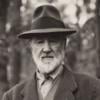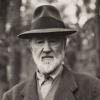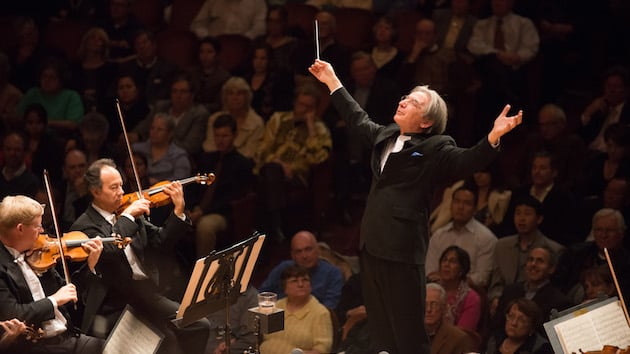
The sunlit pews on the cover photograph of the San Francisco Symphony’s recording of Charles Ives’s Third and Fourth Symphonies (SFS Media) tell you why these performances are so valuable. The hymnody that generates the base of these compositions as well as their main melodic material occupies the spotlight both in the interpretations and in the program of the album.
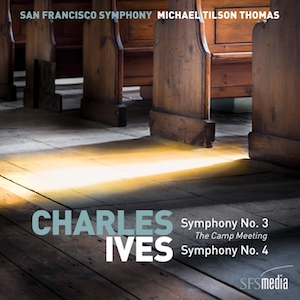 The qualities that make Michael Tilson Thomas such a great (if controversial) interpreter of Mahler’s music also make him a good fit for Charles Ives. MTT is a musical dramatist who understands balancing the pull of the social musics that both composers reference extensively with the push of the score’s through line. Making episodes tell, while ensuring that the whole piece doesn’t fall apart, is the outgoing music director’s specialty.
The qualities that make Michael Tilson Thomas such a great (if controversial) interpreter of Mahler’s music also make him a good fit for Charles Ives. MTT is a musical dramatist who understands balancing the pull of the social musics that both composers reference extensively with the push of the score’s through line. Making episodes tell, while ensuring that the whole piece doesn’t fall apart, is the outgoing music director’s specialty.
The difference, of course, is that, where Mahler is nonspecific and mainly quotes popular styles through scoring and melodic gesture, Ives is very specific, in both source material and the performance of it. With Mahler, MTT tends to pull at threads and get the players to characterize episodes as daringly as possible. With Ives, particularly in the Fourth Symphony, the job is to let the episodes tell but also show the work’s coherence to an audience bemused by the piling on of different styles.
The farther we get away from Ives’s world, the harder this becomes. But in the 2017 performances that this disc captures, MTT and the orchestra put the hymn tunes in the listener’s brain by having the superb San Francisco Symphony Chorus, under Ragnar Bohlin, begin the performance with the main hymn tunes found in each symphony. Priming our ears in this way allows the episodes of each work to fall into place. And the chorus does a marvelous job of flattening a few vowels and adopting an earthy, less refined tone.
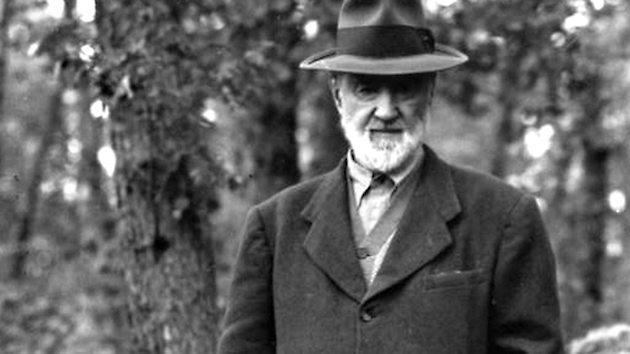
As the Third Symphony swings into its first melody (based on “Oh for a thousand tongues to sing,” to a tune by Carl Gläser), you hear how the strong rhythmic profile of the hymn can be used for a traditional symphony’s motivic construction. The orchestra’s performance of this and the other two movements preserves that initial sense of flow with only a few sideslips. It is not an academic exercise to play “spot the tune”: they’re right up top and in your face. The orchestra’s performance never loses sight of that, while Ives indulges in the metrical distortions that keep the piece from sounding too four-square.
The task is harder in the 31-minute, sometimes manic Fourth Symphony. Arguably, MTT and the orchestra’s approach pays more dividends here because the chorus has a role in the symphony itself (although — I didn’t know this — Ives had once suggested omitting the chorus from the first movement). Even in the controlled chaos of the second movement, “Comedy,” the hymn “In the Sweet By and By” undergirds the collage, and a solo violin playing “Beulah Land” sets up the marching band that caps the design. Also, the broad cadential gestures of the hymn tunes help structure the symphony, particularly the fourth movement just before the glorious coda with wordless chorus and quarter tone-tuned piano.
It’s extraordinary that the recording’s engineers (led by producer Jack Vad) were able to create a recording that separates and sharpens the orchestra’s performance even while making the recording from live performances, but they have. And it’s doubtful that you’ll find a better document of either of the Ives works played here


